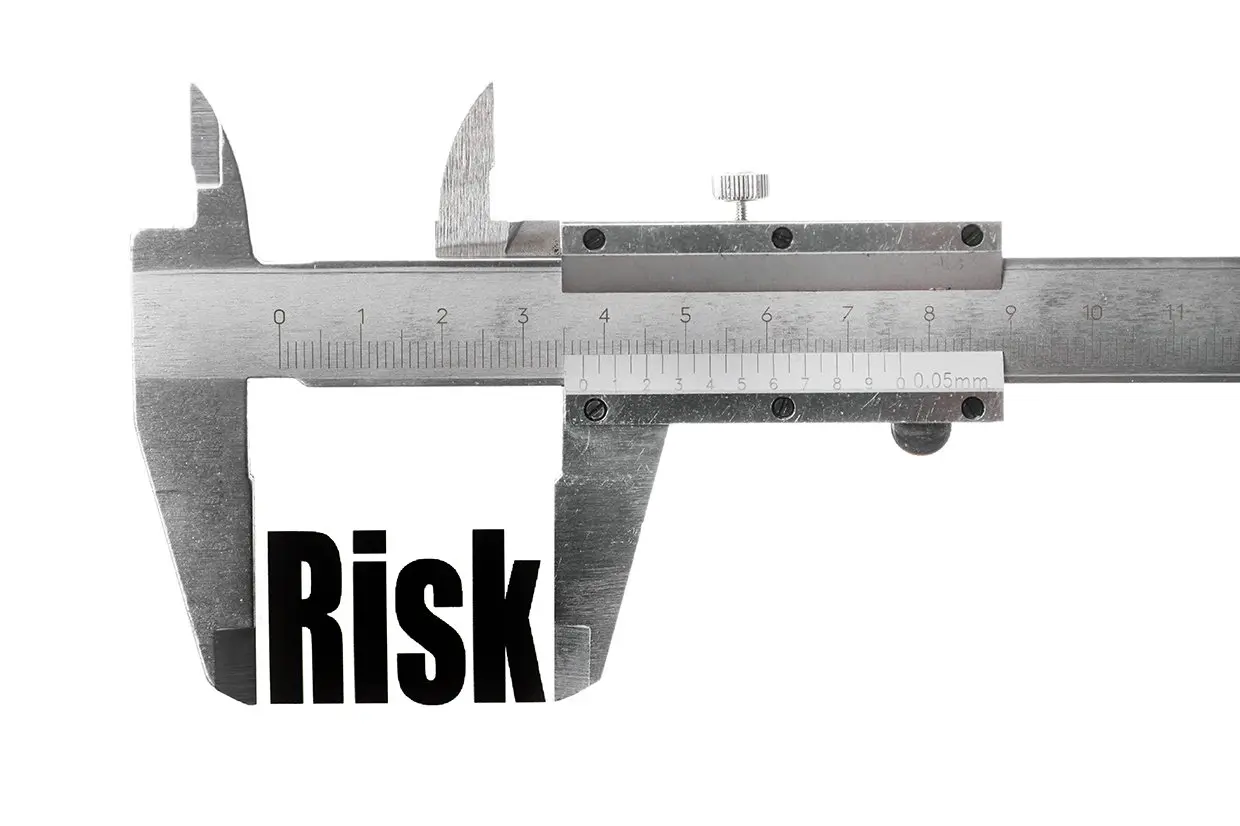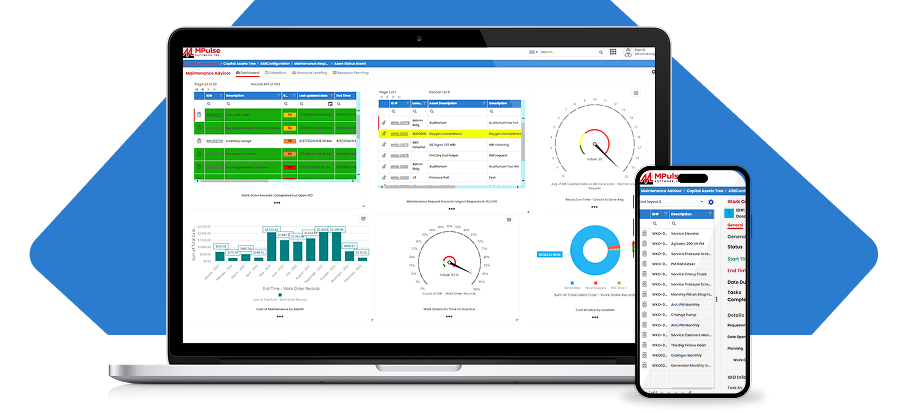Every business decision involves risks. And while risk is part of change, in today’s global economy, not taking risks is… well, risky. Many companies may not even be aware of how risky MRO maintenance repair and operations processes can be.
That’s Han’s story. A brand-new MPulse customer, Han convinced his management team that not using software for work order management or CMMS software was simply a risk they couldn’t afford to take.
“Managers want to reduce risk,” Han explained. “And they see risk when you want to change things. But there’s risk in not doing anything as well. When I showed them how we could reduce risk with CMMS software, they could see what was really at stake.”
What’s at Risk?
Just a few months ago, Han’s company used Excel spreadsheets and an Outlook calendar to manage maintenance tasks.
“It wasn’t a reliable system,” he said. “And it put our operations at risk.”
These risks included…
- More breakdowns because of inconsistent or nonexistent preventive maintenance scheduling processes
- Miscommunication and missing information among team members and internal departments
- Supply interruptions or delays for parts and inventory
- Greater potential for losses from theft or vandalism
- Lack of documentation for regulatory inspections and audits
- Inability to foresee problems and find ways to prevent them
- Lost opportunity to find cost savings and other financial benefits to improve productivity and efficiency
- Increased chance of injuries or accidents for employees and customers (not to mention the related legal issues)
How Can CMMS Software Reduce Risk?
Here’s a simple example. Han’s company owns heavy construction equipment. Some of these assets are used a lot. Some, not so much.
And some assets can make or break a project—because if the mobile crane is down, nothing else can take its place. That means expensive delays happen.
CMMS software, including software for work order management, helps maintenance teams prioritize high-use assets so the chance of failure is reduced. And that reduces the risk of failure that affects operations.
With their MPulse Software, Han and his managers now have information that reduces risk because they can find trends and see their operations more clearly.
By streamlining MRO maintenance repair and operations, MPulse Software helps companies eliminate inefficiencies, improve workflows, and strengthen preventive maintenance programs, all while reducing risks.
When you consider what you risk by not doing anything, suddenly the risk of investing in new CMMS software is put into perspective.
Ready to see how CMMS software, including software for work order management, can optimize your MRO maintenance repair and operations? Contact us.


